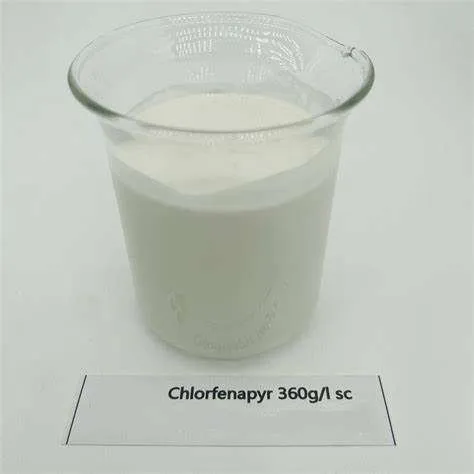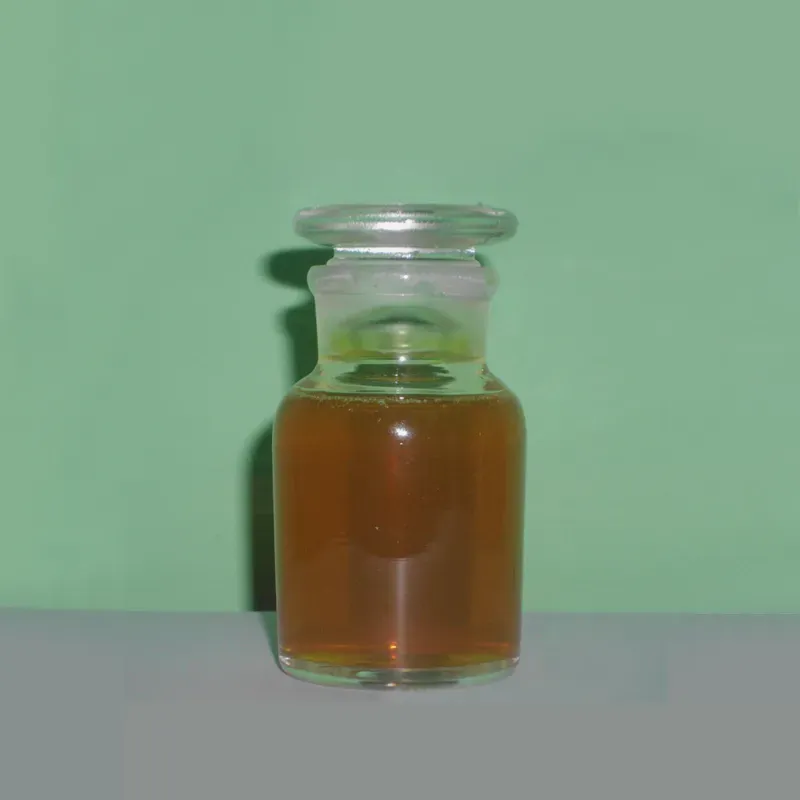


Premium Potato Plant Growth Regulators for Enhanced Yield & Quality Optimal Solutions for Tissue Culture
- Overview of Potato Plant Growth Regulators and Market Trends
- Technical Advantages of Growth Regulators in Potato Cultivation
- Comparative Manufacturer Analysis: Leaders in Potato Growth Regulator Sector
- Customized Solutions: Tailoring Regulators for Varied Potato Crops
- Applications in Plant Tissue Culture: Role of Plant Hormones and Plant Growth Regulators
- Real-World Case Studies: Success Stories from Potato Cultivation
- Strategic Insights: Enhancing Yields with Potato Plant Growth Regulators

(potato plant growth regulators)
Potato Plant Growth Regulators: Market Dynamics and Opportunities
Potato plant growth regulators (PGRs) have rapidly become an integral part of modern potato agriculture. As global demand for potatoes exceeds 368 million metric tons annually, according to FAO, optimizing growth efficiency and quality is non-negotiable. The market for potato growth regulator products is projected to reach $1.6 billion USD by 2028, expanding at a CAGR of 5.9% from 2022. This evolution is driven by increased adoption in both industrial and smallholder farming sectors, driven by escalating food security needs, climate resilience requirements, and stricter crop quality standards. Advanced PGRs not only boost yield but also remedy abiotic stresses such as drought, salinity, and extreme temperature.
PGR integration helps bridge the gap between conventional and precision agriculture. Beyond conventional products, the latest formulations emphasize safety, biodegradability, and reduced residue. The global shift toward sustainable agriculture is pushing manufacturers to develop innovative, environmentally friendly solutions that maximize potato yield and quality while reducing environmental impact.
Advancements and Technical Superiority of Potato Growth Regulators
Modern potato growth regulator technologies combine plant hormones, such as gibberellins, cytokinins, and auxins, with strategic application methods. Gibberellins facilitate stem elongation and tuber initiation, while cytokinins accelerate cell division, directly impacting the number and size of tubers. According to a 2022 meta-analysis in the Journal of Agronomy, application of GA3 at tuber initiation improved potato yield by up to 22%, and cytokinin-based treatments increased average tuber number by 14%.
Recent technological advances have focused on controlled-release formulations, nanocarrier systems for targeted delivery, and combination blends that synergize multiple plant growth regulators. These advances have resulted in improved bioavailability, consistent results across genotypes, and reductions in PGR dosage rates by almost 30% compared to conventional sprays. Adoption of these superior formulations enables growers to optimize plant architecture, synchronize flowering, and enhance overall crop uniformity, leading to better grading and processing quality.
Comparative Analysis of Leading Manufacturers: Performance and Offerings
The competitive landscape for potato plant growth regulators
features several market leaders, each with unique manufacturing strengths and product portfolios. The following table provides a direct comparison of three prominent firms, with data highlighting efficacy, safety, innovation, and cost competitiveness.
| Manufacturer | Main Product | Yield Increase (%) | Product Safety | Residue Level | Innovation Index | Average Cost (USD/ha) |
|---|---|---|---|---|---|---|
| AgroTech Solutions | Potato MaxPro | 19.4 | High (GLP-certified) | <0.01 ppm | 8.7 | 38 |
| GreenLeaf International | RootRise PGR | 16.8 | Moderate | 0.05 ppm | 7.5 | 27 |
| Biosystec Corp. | TuberBoost | 20.1 | Very High (Organic certified) | <0.005 ppm | 9.3 | 43 |
This comparison underscores that higher innovation and safety often come at a premium, while moderate-cost options offer competitive yield gains. Product selection should consider local agronomic conditions, regulatory requirements, and the crop marketing strategy.
Tailored Growth Regulator Solutions for Diverse Potato Varieties
The successful application of potato growth regulator products hinges on their customization to fit specific varietal and environmental needs. For early-maturing varieties such as ‘Yukon Gold’, regulators with a higher cytokinin-to-auxin ratio are used to accelerate early tuberization. For late-maturing varieties like ‘Russet Burbank’, blends rich in gibberellins promote elongated stolon growth and delayed tuber set, which is pivotal for enhancing yield in extended growing seasons.
Additional customization options include application timing (pre-planting, foliar sprays during vegetative growth, or tuber initiation), dosing schedules, and integration with biostimulants or micronutrient programs. Precision application methods, guided by UAV (drone) technology and digital soil sensing, are increasingly being used to maximize ROI and environmental stewardship.
Plant Hormones and Plant Growth Regulators in Plant Tissue Culture
The use of plant hormones and plant growth regulators in plant tissue culture systems for potato propagation is a cornerstone of true-to-type seed tuber production. Media formulations typically include auxins (0.5–2.0 mg/L IAA or NAA) for root induction and cytokinins (0.2–1.0 mg/L BAP or kinetin) to stimulate shoot proliferation. In vitro propagation ensures elimination of viral and fungal pathogens and enables multiplication rates of up to 120-fold in a single cycle, as published in the Plant Science Journal 2023.
Enhanced by precise PGR dosing protocols, commercial tissue culture laboratories can sustain consistent, high-quality microtuber production throughout the year. These standardized processes shorten crop cycles and offer robust genetic fidelity, crucial for seed certification and commercial distribution.
Application Success: Case Studies from Modern Potato Agriculture
Field trials in temperate regions of Canada highlighted that the integrated use of PGR blends increased marketable tuber yield by 21.5% over untreated controls, with farms in Prince Edward Island reporting net profit gains of $1260/ha in 2022. In India’s potato belt, customized growth regulator schedules for heat stress resulted in yield stabilization during critical flowering, reducing losses by 17%.
A large-scale industrial processor in the Netherlands observed a 9% increase in the consistency of tuber size, streamlining their fry production without additional sorting costs. Furthermore, smallholder collectives in East Africa doubled planting material by implementing tissue culture protocols powered by PGRs, directly improving food security for thousands of rural households.
Strategic Perspectives: The Future Impact of Potato Plant Growth Regulators
Reimagining potato agricultural practices through the adoption of potato plant growth regulators is a proven strategy for increasing yield and resilience. With governments tightening residue restrictions and consumers demanding sustainably grown food, the adoption of tightly regulated and innovative PGRs will define market leaders. The intersection of digital agriculture, advanced plant physiology, and integrated pest management amplifies the opportunities for further optimization.
As the market matures, strategic collaborations between research institutes and manufacturers are strengthening product pipelines and technical support. The scalability and adaptability of potato plant growth regulators ensure that from industrial giants to local farmers, all can harvest the quality and yield required for future food challenges.

(potato plant growth regulators)
FAQS on potato plant growth regulators
Q: What are potato plant growth regulators?
A: Potato plant growth regulators are chemicals or hormones that influence the growth and development of potato plants. They can modify processes like sprouting, tuberization, and maturation. Examples include auxins, gibberellins, and cytokinins.Q: How do potato growth regulators improve potato yield?
A: Potato growth regulators enhance yield by promoting healthy tuber formation and controlling plant height or dormancy. They help optimize growing conditions, leading to better quality and quantity of potatoes harvested.Q: What is the difference between plant hormones and plant growth regulators in plant tissue culture?
A: Plant hormones are naturally occurring compounds that regulate growth, while plant growth regulators may be synthetic or natural substances used to manipulate plant processes. In tissue culture, both are used to control cell division, elongation, and organ development.Q: Can potato plant growth regulators affect disease resistance?
A: Yes, some growth regulators can improve potato plant resilience to diseases by enhancing stress responses. However, their primary role is to control growth and development, not directly combat pathogens.Q: Are there risks associated with using potato plant growth regulators?
A: Improper use of potato plant growth regulators may cause abnormal growth or affect tuber quality. It's important to follow recommended application rates and timings to avoid negative effects.-
Zinc Chloride: a reliable stabilizer for ice dye color salts in the dye industryNewsAug.11,2025
-
Propargyl Alcohol: A Multifunctional Chemical Additive in the Industrial FieldNewsAug.11,2025
-
Phosphorus Pentasulfide: a special material that combines moisture absorption and basic chemical valueNewsAug.11,2025
-
Natural Pesticides: The Environmental Choice for Green Prevention and ControlNewsAug.11,2025
-
Grass Pesticide: the invisible guardian of green lawnsNewsAug.11,2025
-
Dimethyl Sulfoxide: Key Assistance in Sample Management and Drug ScreeningNewsAug.11,2025
-
Uncover the Benefits of Sodium ChlorateNewsJun.24,2025


















